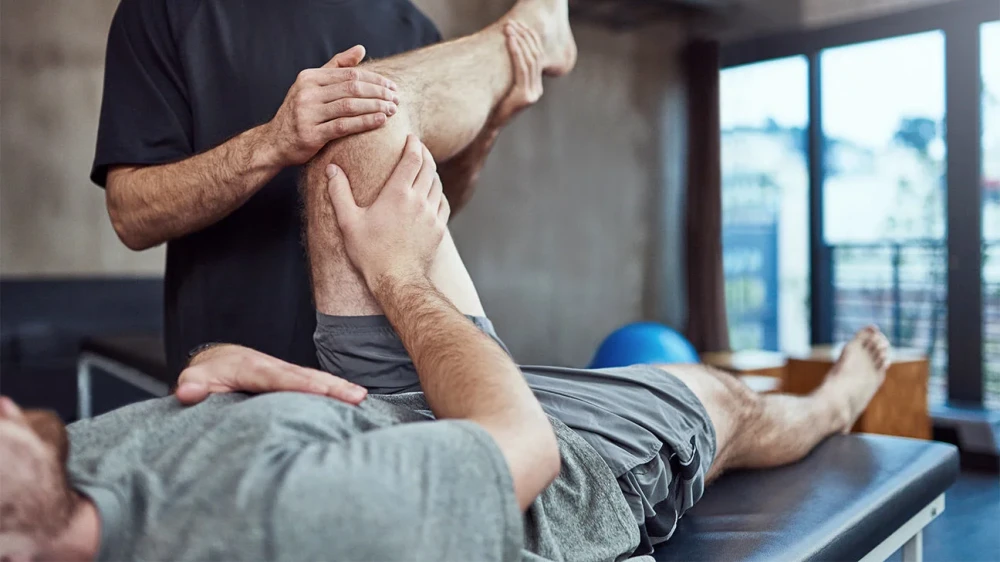Our Services
At BIWC, we know that being involved in an auto accident can be a highly stressful experience for you and your family. Our highly professional and dedicated team will create a personalized treatment plan tailored to your specific injury needs.
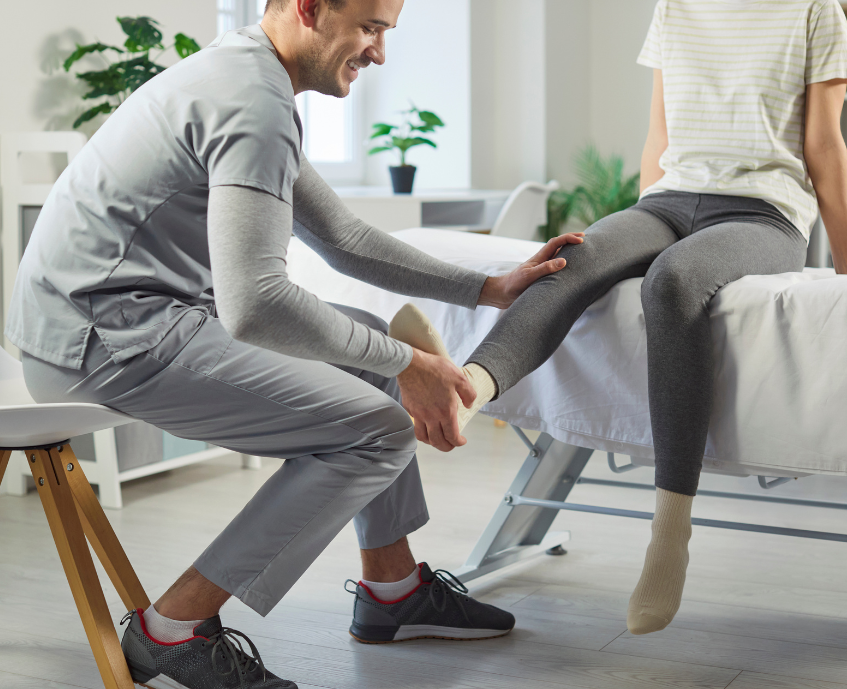

Shockwave Therapy
Shockwave therapy, or extracorporeal shockwave therapy (ESWT), is a non-invasive treatment that uses high-energy acoustic sound waves to stimulate healing in injured tissues. Originally used to treat kidney stones, its application has expanded to include various musculoskeletal and neurological conditions.
Electrical - Muscle Stimulation
Activates muscles artificially through various electrical current forms, which are delivered through electrodes on the target muscles. As a result, electrical current induces involuntary muscle contraction which produces similar exercise benefits without much discomfort. More specifically, it was designed to facilitate passive activation of a large number of motor units and induce synchronous recruitment of muscle fibers, with the aim of strengthening or maintaining muscle mass.

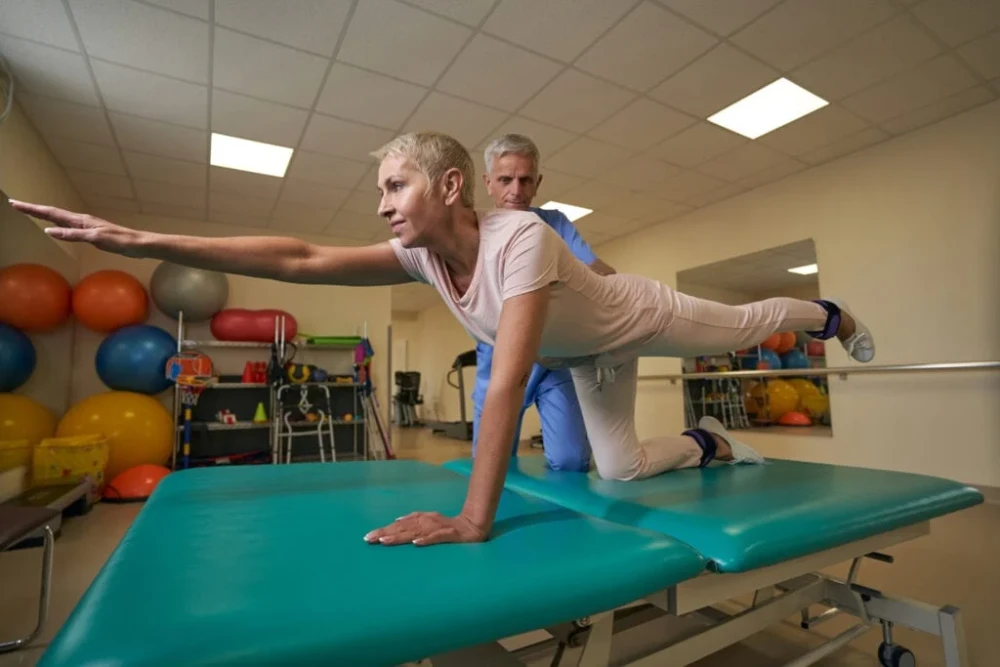
Physical Therapy
Common treatment that can help you recover after an injury or surgery, or manage symptoms from a health condition that affects how you move. It’s a combination of exercises, stretches and movements that’ll increase your strength, flexibility and mobility to help you move safely and more confidently.
Neuromuscular Manual Therapy
Is beneficial for individuals recovering from a car accident as it specifically targets muscle tension, trigger points, and nerve compression, which are common issues arising from impact injuries like whiplash, often experienced in car accidents; this type of massage can help alleviate pain, improve range of motion, and promote relaxation by addressing the nervous system alongside the muscles involved.
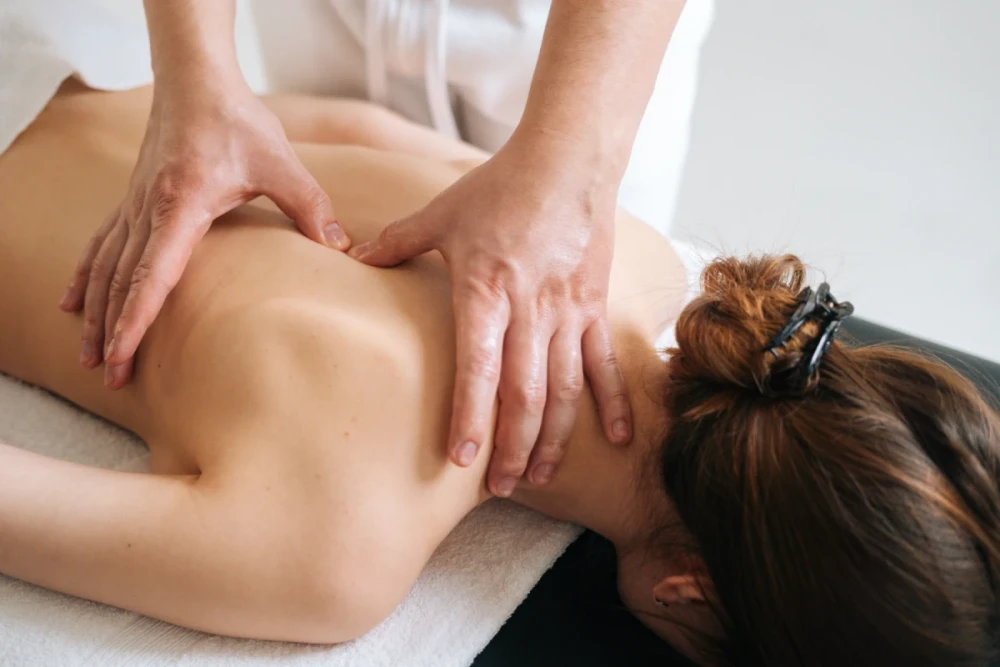
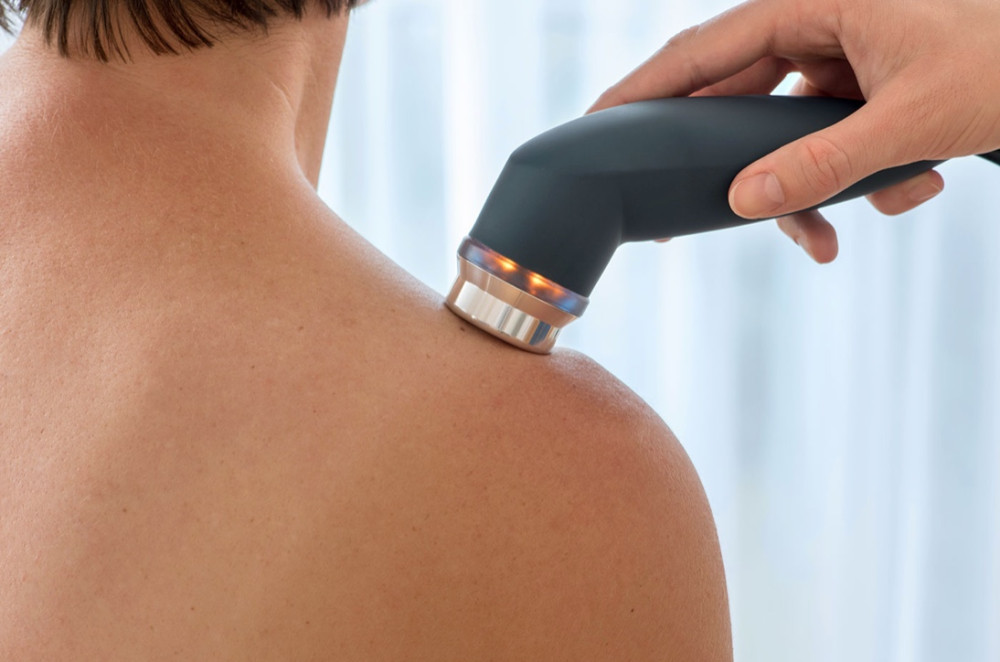
Ultrasound
A non-invasive treatment method that uses sound waves to generate heat within tissues, which can help reduce pain by improving blood flow, relaxing muscles, and promoting healing in areas affected by musculoskeletal injuries, making it a common option for pain relief in conditions like strains, sprains, and joint inflammation; however, its effectiveness can vary depending on the specific pain source and may be most beneficial when combined with other therapies like physical therapy exercises.
Mechanical Traction
Is a therapeutic treatment that uses a machine to apply a controlled stretching force to the spine, essentially “decompressing” the area by creating space between vertebrae, which can help relieve pain from conditions like herniated discs, sciatica, and degenerative disc disease; it’s often performed by physical therapists and involves the patient being gently pulled on a specialized table to stretch the muscles and joints in the neck or lower back.


Thermotherapy And Cryotherapy
Thermotherapy is the application of any substance to the body that increases tissue temperature. This results in improved blood flow, tissue metabolism and connective tissue extensibility. Increased blood flow facilitates tissue healing by supplying protein, nutrients and oxygen at the site of injury.
Cryotherapy is the local or general use of low temperatures in medical therapy, or the removal of heat from a body part to relieve pain. The cold causes vasoconstriction, which results in decreased tissue blood flow, and reduces tissue metabolism, oxygen utilization, inflammation and muscle spasm.
Proprioceptive Neuromuscular Facilitation (PNF)
Stretching techniques are commonly used in the athletic and clinical environments to enhance
both active and passive range of motion (ROM) with a view to optimizing motor performance and rehabilitation.
